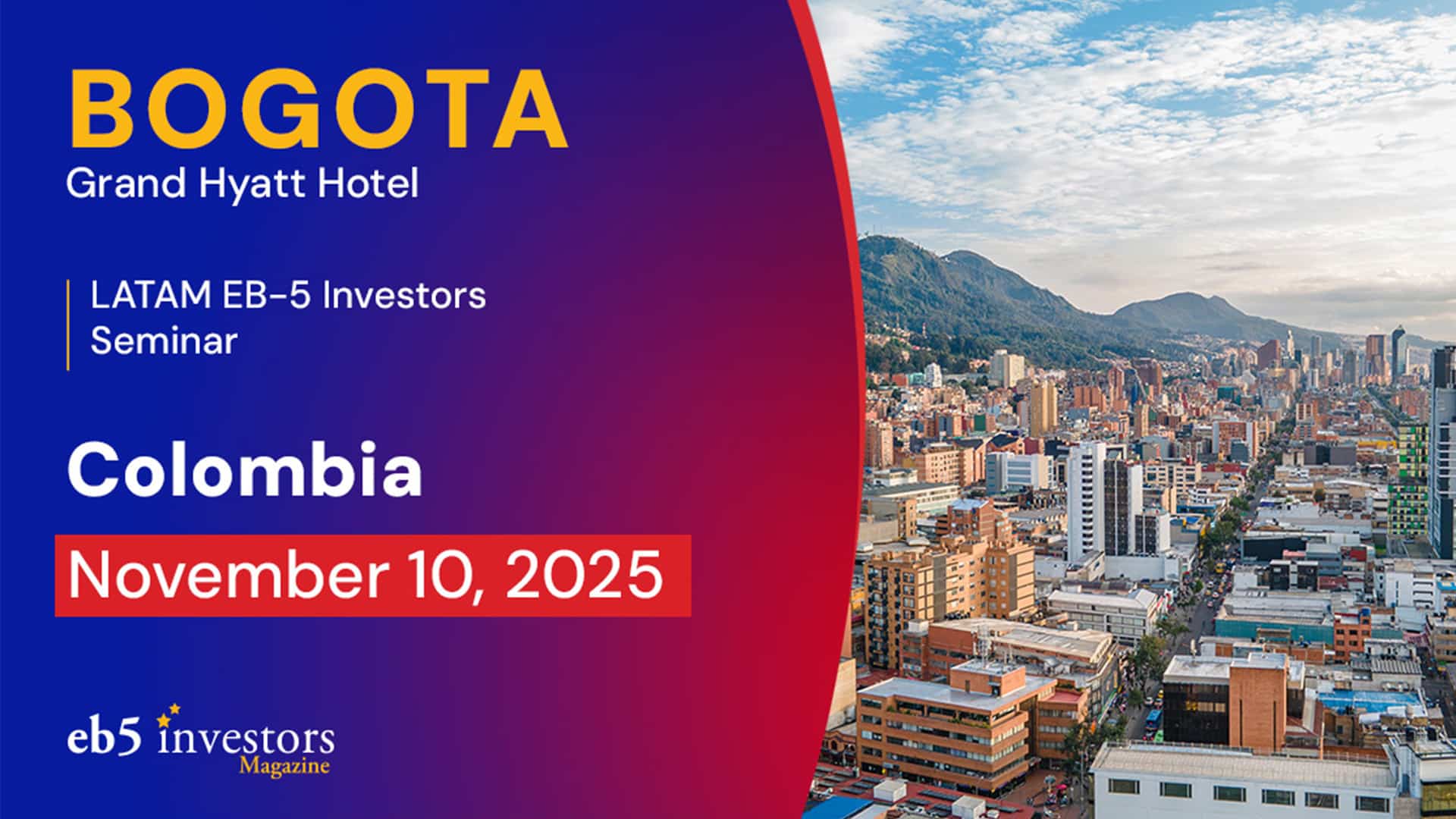
Indian applicants seeking a U.S. green card through the EB-5 program face hurdles like any other EB-5 investor. However, those residing in India encounter unique challenges related to taxes and wire transfers that applicants from different countries might not experience.
Understanding these complexities is essential for potential Indian investors to effectively plan their EB-5 applications from a financial perspective.
The first challenge is the substantial tax imposed on outbound financial transfers. The second is the $250,000 transfer limit per financial year. Both apply uniquely to Indian applicants living in India.
Like any other investor, these applicants must transfer a minimum EB-5 investment of $800,000 if the EB-5 project is in a Targeted Employment Area (TEA) or $1.05 million for projects located elsewhere in the U.S. Typically, they also need to wire funds for service fees to their legal advisors in the U.S. and USCIS application fees. The outbound transfer tax applies to all these amounts.
EB-5 attorneys explain that Indian investors adopt innovative strategies to navigate these legal, tax, and EB-5 requirements. One common approach is to involve family members or close friends to facilitate multiple smaller transfers, allowing investors to pool resources. However, they caution that such transactions are subject to rigorous scrutiny from the U.S. Citizenship and Immigration Services (USCIS), requiring thorough documentation of the source of funds and a clear trail of fund movement.
Tax implications for Indian EB-5 investors
Since Oct. 1, 2023, the Indian government has imposed a significant tax on financial transfers leaving the country. The Tax Collected at Source (TCS) is 20% today.
Although this taxation can affect the liquidity capacity of wealthy investors applying for the EB-5 visa, it has not become a deterrent for applications, as it can be recovered in India’s tax return period the following fiscal year.
EB-5 attorney Kripa Upadhyay explains that this tax tracks and regulates foreign outward remittances and ensures appropriate taxes are paid on such transactions. “Any TCS paid can be used to offset your tax liability in India at the time of filing your return. The TCS rate may vary depending on the purpose of the remittance and the total amount being transferred.”
Strategies to meet the transfer limit
Besides this tax, Indian investors living in India encounter a unique challenge in meeting investment requirements: a $250,000 transfer limit per financial year, which begins in April and ends in March.
It is called the Liberalized Remittance Scheme (LRS) and means that Indian residents can transfer $250,000 by March 31 and another $250,000 starting April 1 to minimize tax exposure for EB-5 purposes.
According to Upadhyay, as per the Indian legal framework, all foreign exchange transactions are classified as capital or current account transactions. “All transactions undertaken by a resident that do not alter his / her assets or liabilities, including contingent liabilities, outside India are current account transactions,” she adds.
EB-5 attorney Farah Abbas explains that Indian investors often collaborate with family members and close friends to fill the resulting funding gaps. Typically, these friends and family members will wire funds separately on behalf of the investor to a U.S. account until the total investment amount and associated fees are paid. “Due to the currency restrictions on how much an individual can send overseas in one year, perhaps one EB-5 investor will send funds to their spouse, their siblings, and their cousins, and then have each of those people send the funds on to the United States. This way, the EB-5 investor can utilize the currency allotment for each person to help transfer the total amount of funds needed.”
However, this “friends and family” transfer method must be traceable for USCIS to approve them as funding. Abbas cautions that any lack of clarity opens the possibility of a Request for Evidence (REF) from the U.S. immigration agency if each person involved does not provide the Source of Funds for their $250,000 and documentation reflecting the path of funds adequately. “USCIS has been taking a more stringent stance on these transactions and has been issuing Request for Evidence for cases where multiple family members transferred funds for the benefit of the investor,” she adds.
Abbas concludes: “More recently, USCIS and EB-5 Regional Centers are also expecting to get information regarding each person that transfers funds to the EB-5 business. Thus, it may help to make this plan ahead of time and obtain the identity details or documents from each friend and family member to support your EB-5 immigration case.
However, these limitations do not apply to non-resident Indian citizens per Indian tax law, says Upadhyay. They can remit up to $ 1 million within the tax year, benefitting Indian nationals already on a U.S. visa who shift to the EB-5 green card.
“A large number of prospective investors at present are Indian nationals in the United States on H-1B or some other valid visa status. In these cases, the majority of these applicants will qualify as “Non-Resident Indian” per the Indian tax definition, so they can remit the higher amount, i.e., $ 1 million, from sources in India,” the attorney states.
DISCLAIMER: The views expressed in this article are solely the views of the author and do not necessarily represent the views of the publisher, its employees. or its affiliates. The information found on this website is intended to be general information; it is not legal or financial advice. Specific legal or financial advice can only be given by a licensed professional with full knowledge of all the facts and circumstances of your particular situation. You should seek consultation with legal, immigration, and financial experts prior to participating in the EB-5 program Posting a question on this website does not create an attorney-client relationship. All questions you post will be available to the public; do not include confidential information in your question.








